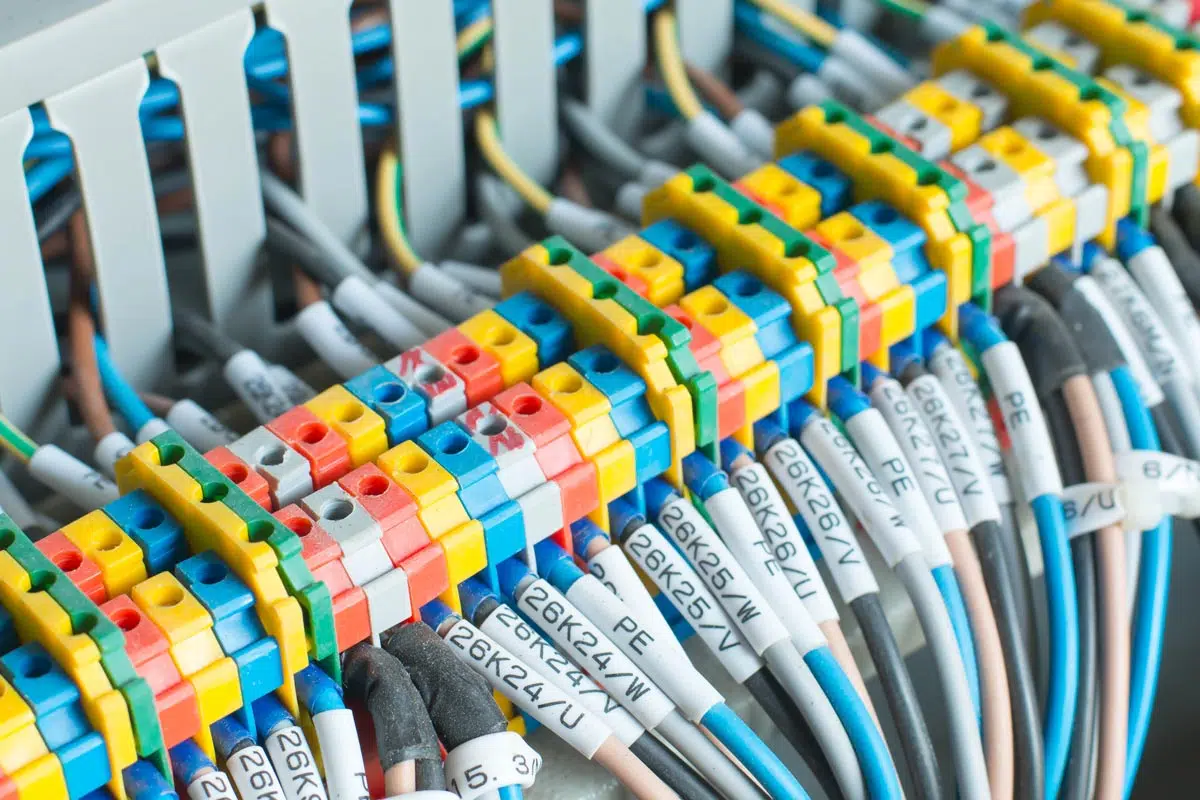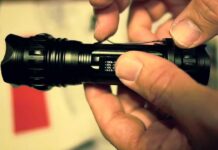Electrical connections may seem intimidating, especially when dealing with low voltage wires.
However, with the right guidance and best practices, anyone can master the art. As a licensed electrician, I’m here to share my knowledge on making these connections safely and effectively.
First Things First
Low voltage wiring is common in many household and commercial applications. These wires safely power devices with lower electrical needs, making them an essential part of our daily lives.
What Are Low Voltage Wires?

Low voltage wires usually carry voltages of 50 volts or less. They often power doorbells, thermostats, and landscape lighting.
Due to their limited power, these wires pose a lesser risk of electrical shock than their high voltage counterparts. Still, proper handling is crucial.
Why Use Low Voltage Wires?
Low voltage systems are energy efficient and safe. They use less power, which can lead to cost savings in the long run.
Plus, devices powered by low voltage wires tend to have a longer lifespan, as they’re not subjected to intense power surges.
Tools You’ll Need
Before starting any electrical project, it’s vital to have the right tools on hand. The following are some essential tools that will aid in creating secure connections.
Wire Strippers

Wire strippers are essential for exposing the conductive part of the wire. This tool ensures that you strip the wire without causing any damage, which is vital for a reliable connection.
Connectors

Connectors help in joining two or more wires. They come in various shapes and sizes, suitable for different wire gauges.
Always choose the right connector for your specific wire to ensure a tight and safe connection.
Making the Connection
Connecting low voltage wires is a straightforward process, but attention to detail is critical. Here’s how you can do it.
Preparing the Wire

Start by switching off the power source to avoid any accidents. Using your wire strippers, strip off about half an inch of the insulation from the wire ends you intend to connect.
Ensure the exposed wire is free from any nicks or damages.
Connecting the Wires

Hold the two exposed wire ends together, ensuring they overlap. Now, take the appropriate connector and insert the wires.
Twist the connector until it’s tight. Once secure, wrap the connection with electrical tape or use a heat shrink tube for extra protection.
Testing the Connection
Once you’ve made your connection, it’s essential to test and ensure everything works correctly.
Use a Multimeter
A multimeter is a device that measures electrical properties like voltage, current, and resistance.
To test your connection, set the multimeter to the voltage setting and touch the probes to the wire ends. If the reading matches the expected voltage, your connection is good.
Check the Device
For a more practical test, power on the device connected to your low voltage wire. If it works as expected, you’ve successfully made the connection.
Safety Tips
Safety should always be the top priority when working with any electrical system. Here are some crucial safety tips to remember.
Always Turn Off the Power
Before making any connections, always turn off the power source. It’s a simple step that can prevent accidents and protect your devices.
Don’t Overload Circuits
Ensure you don’t connect too many devices to a single low voltage wire. Overloading can lead to increased wear and tear, reducing the lifespan of your devices.
Common Mistakes to Avoid
Even seasoned professionals can make errors. Being aware of common mistakes can save you from potential hazards or ineffective connections.
Skipping Wire Inspection

Always inspect wires before making connections. Look for any signs of wear, damage, or corrosion. Damaged wires can cause unstable connections or even potential hazards.
Using Mismatched Wire Gauges
Using wires of different gauges in a connection can lead to problems. Ensure the wires you’re connecting have the same gauge.
This ensures even power distribution and minimizes potential risks.
Benefits of Low Voltage Systems
To truly appreciate the importance of low voltage wiring, let’s explore its numerous advantages.
Energy Efficiency
Low voltage systems consume less power. This not only reduces electricity bills but also minimizes the carbon footprint, making them a greener option.
Flexibility in Design
Low voltage systems, especially in lighting, offer more flexibility in design. They can be easily adjusted and customized, making them ideal for a variety of applications, from mood lighting to intricate landscape designs.
Troubleshooting Common Issues
Like all electrical work, sometimes things don’t go as planned. Knowing how to identify and solve common problems can save you time and prevent potential hazards.
Intermittent Power or Signal
If your device is getting power or signal inconsistently, there might be a loose connection. Check all connections and ensure they are tight and secure. If connectors are worn out or corroded, replace them.
No Power at All
If there’s no power, start by checking the power source. Ensure that the transformer or battery powering your low voltage system is working correctly.
Then, inspect the wires for any visible damages and verify connections are made properly.
Maintenance and Upkeep

To ensure the longevity and optimal performance of your low voltage systems, periodic maintenance is essential.
Regularly Inspect Wires
Over time, wires can degrade, especially if exposed to the elements. Regularly inspect them for any signs of wear or damage. Replace any sections that seem compromised.
Clean Connections
Dirt, dust, and corrosion can hinder performance. Periodically clean wire connections and connectors with a clean cloth or a contact cleaner to ensure they remain in top condition.
Advanced Techniques
For those looking to go a step further, there are advanced techniques that can offer even more secure and efficient connections.
Soldering

Soldering creates a permanent and highly conductive bond between wires. It requires a soldering iron and some expertise, but it provides a robust connection, especially for critical or permanent setups.
Using Junction Boxes
For more extensive low voltage setups, especially in outdoor environments, using junction boxes can help organize and protect connections.
These boxes shield connections from the elements and potential damage.
FAQs
Can I use regular electrical tape for low-voltage connections?
Yes, regular electrical tape can be used for low voltage connections. However, for a more secure and long-lasting bond, consider using heat shrink tubing or weather-resistant electrical tape, especially for outdoor applications.
How do I know the gauge of my low-voltage wire?
The wire gauge is typically printed or embossed along the insulation of the wire. If not, you can use a wire gauge measurement tool or consult the product specifications where you purchased the wire.
Can low-voltage wires be run alongside high-voltage wires?
It’s not recommended. Running low voltage wires parallel to high voltage wires can induce unwanted voltage or interference in the low voltage system.
Always maintain a safe distance and use separate conduits when necessary.
How long can a low-voltage wire run be before experiencing a voltage drop?
The permissible length depends on the wire gauge, the type of device it’s powering, and the voltage it carries.
As a general rule, thicker wires (lower gauge numbers) can run longer distances without significant voltage drop. Always check manufacturer recommendations and consult with an electrician if unsure.
Is it safe to bury low-voltage wires underground?
Yes, many low voltage wires are designed to be buried directly underground. However, it’s essential to use wire types specifically labeled for direct burial. To protect them further, consider using conduit or burying them at recommended depths.
What should I do if my low-voltage device isn’t working even after checking connections?
First, ensure the power source (like a transformer or battery) is functional. If the device still isn’t working, check the device itself and any switches or controls connected to it.
It’s also a good idea to use a multimeter to check for breaks in the wire or any other electrical issues. If the problem persists, consult a professional.
Final Words
The world of electronics and electrical connections is vast. Always be open to learning new techniques and methods.
By continuously updating your knowledge, you ensure that you’re always following the best and safest practices. Remember, the key to successful low voltage wire connections lies in patience, proper tools, and attention to detail.
By following this guide, you’re well on your way to mastering the art of low voltage connections.




